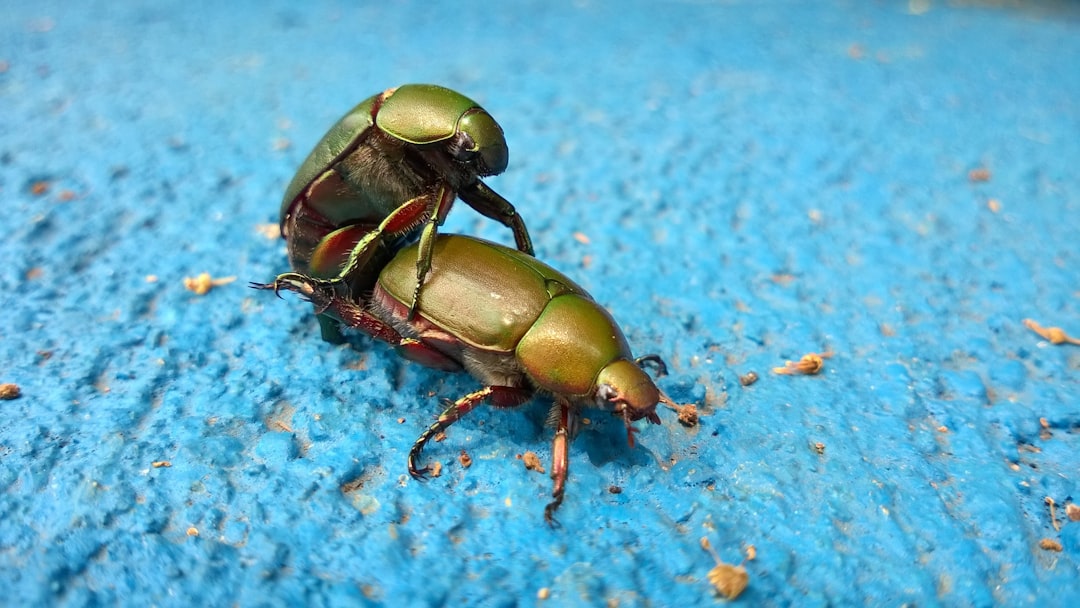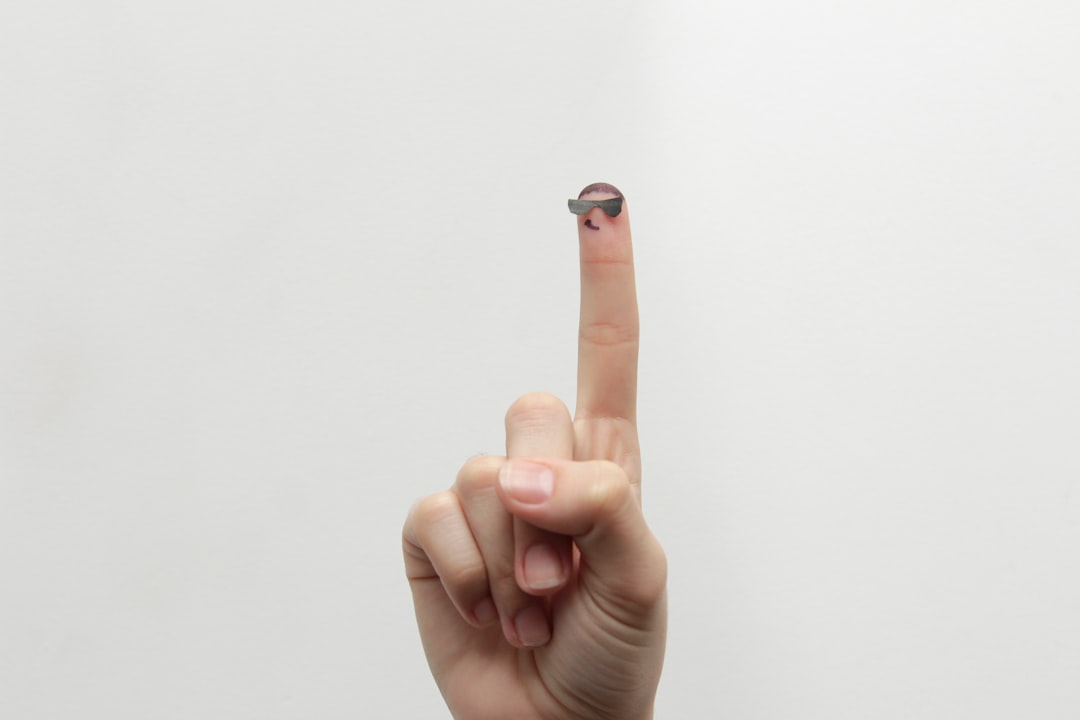What is it about?
An autoinoculation trap containing the entomopathogenic fungus Beauveria bassiana (Bals.) was developed for the management of the coffee berry borer, Hypothenemus hampei (Ferrari). The trap is composed of a plastic cylindrical jar with inlet holes in the upper part and outlet holes at the bottom. Within the upper part of the trap, we placed a diffusion vial filled with a 1:1 mixture of ethanol and methanol as an attractant for adult H. hampei. In the bottom part, we lined the surfaces of the two exit holes with a strip of woven fabric (wool) impregnated with an average of 5.44±0.33×108conidia.cm−2 of the B. bassiana isolate ESALQ-PL63. A five-second exposure of female coffee berry borers to the fungus-impregnated fabric resulted in the acquisition of 2.9±0.77×105conidia per insect and 88.5% confirmed mortality rate in the laboratory. Although most of beetles that were contaminated in the autoinoculation trap in the laboratory were able to penetrate the coffee berry exocarp (the outermost layer), only 5% reached the endosperm (tissue that surrounds and provides nutrition to the embryo). This indicates that very little damage to coffee seeds is expected from borers that pass through the autoinoculation traps. Additionally, these traps provided high levels of H. hampei mortality in the field. The confirmed mortalities at the end of the first and second field trials after 151 and 40days were 66.3±5.2% and 92.2±4.7%, respectively. Altogether, these results indicate that autoinoculation traps containing B. bassiana have great potential to be used in the integrated management of H. hampei
Featured Image
Read the Original
This page is a summary of: Autoinoculation trap for management of Hypothenemus hampei (Ferrari) with Beauveria bassiana (Bals.) in coffee crops, Biological Control, May 2017, Elsevier,
DOI: 10.1016/j.biocontrol.2017.05.007.
You can read the full text:
Contributors
The following have contributed to this page










